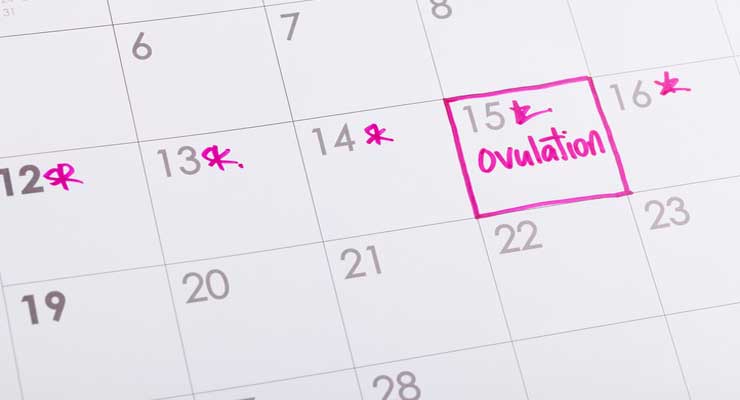When you’re trying to get pregnant, you need to know when you are ovulating, releasing an egg, so that you can time your sex to increase your chances. The easiest way to know when your ovulating is to learn how to track a fertility cycle. A full cycle lasts from the day you first get your period to the next time you get your period. The average fertility cycle is 28 days, but it’s normal to have cycles that last shorter or longer than that. Track your fertility cycle over time to learn when you are most fertile.
How to Track a Fertility Cycle
Step 1
Use a calendar to track a fertility cycle. This can be a paper calendar or an online one. You’ll need to record a lot of details on it, so be sure that there is enough space.
Step 2
Mark the first day of your period. This is “Day One” of your cycle.
Step 3
Take your basal body temperature first thing in the morning, before you get out of bed. A basal body thermometer measures slight differences in your temperature to track your fertility. You’ll find a sharp increase in temperature after you’ve ovulated. Record your results on the calendar.
Step 4
Check your cervical mucus for signs of fertility. Do this by inserting a finger into your vagina and swiping the mucus you find near your cervix. Write down notes about the amount and consistency of the mucus on your calendar. For example, you may be dry and have none, it may be sticky and white or it may be slippery and clear. The slippery and clear mucus signals ovulation.
Step 5
Use ovulation test strips for more accuracy. Ovulation test strips measure the luteinizing hormone in your urine, which sharply increases just before ovulation. You can usually find ovulation test kits at any drug store.
Step 6
Mark the day that your next period starts. This completes the cycle.
Step 7
Repeat this for several months, eight to 12 for best results. Your cycle may vary over time. To get a better idea of your fertility cycle, you need to keep tracking. The more data you have, the easier it is to interpret the data.
Step 8
Combine all aspects of your cycle to predict your date of ovulation. You may start to notice patterns by tracking your cycle. For example, you may see that your temperature spikes 14 days after your period starts, which means that your ovulation date is about 13 days after your period starts.





